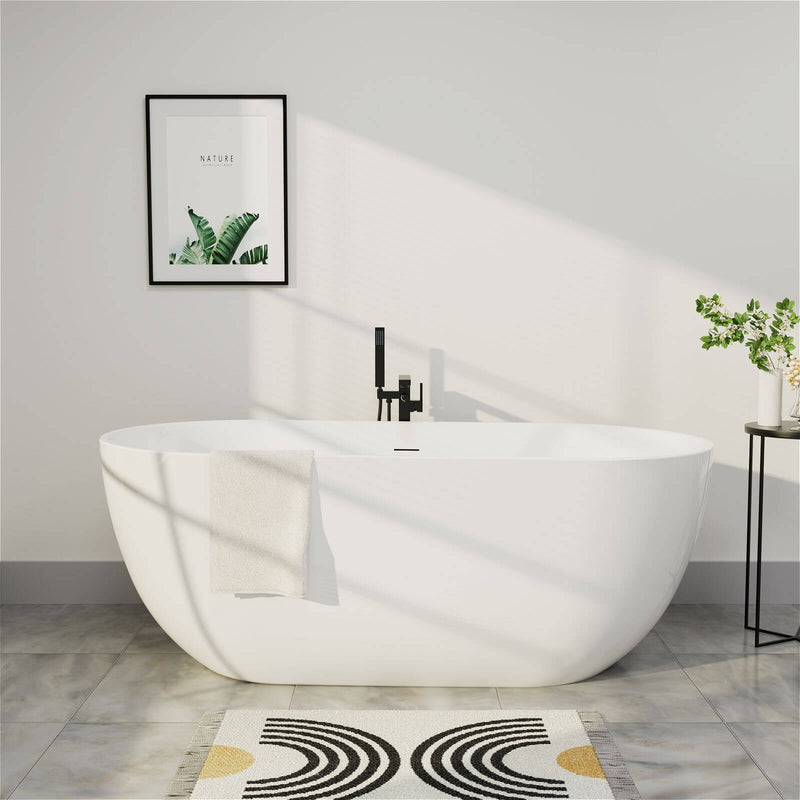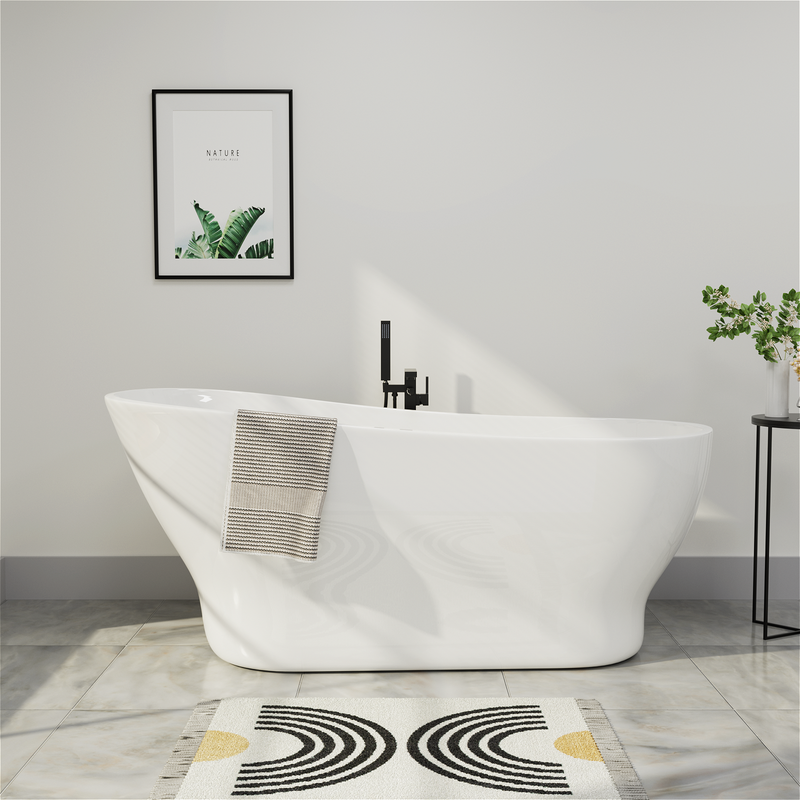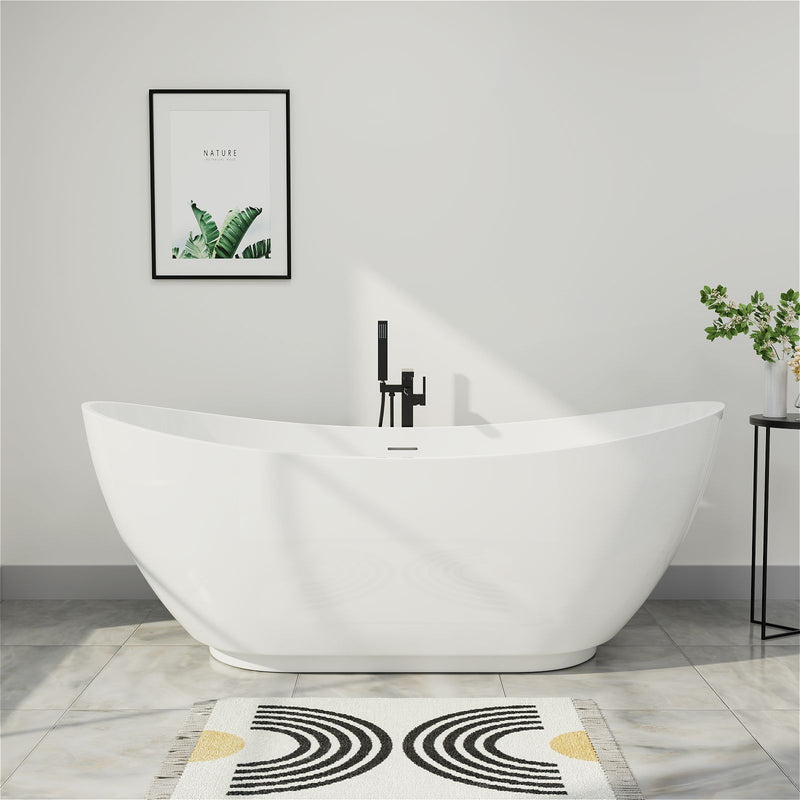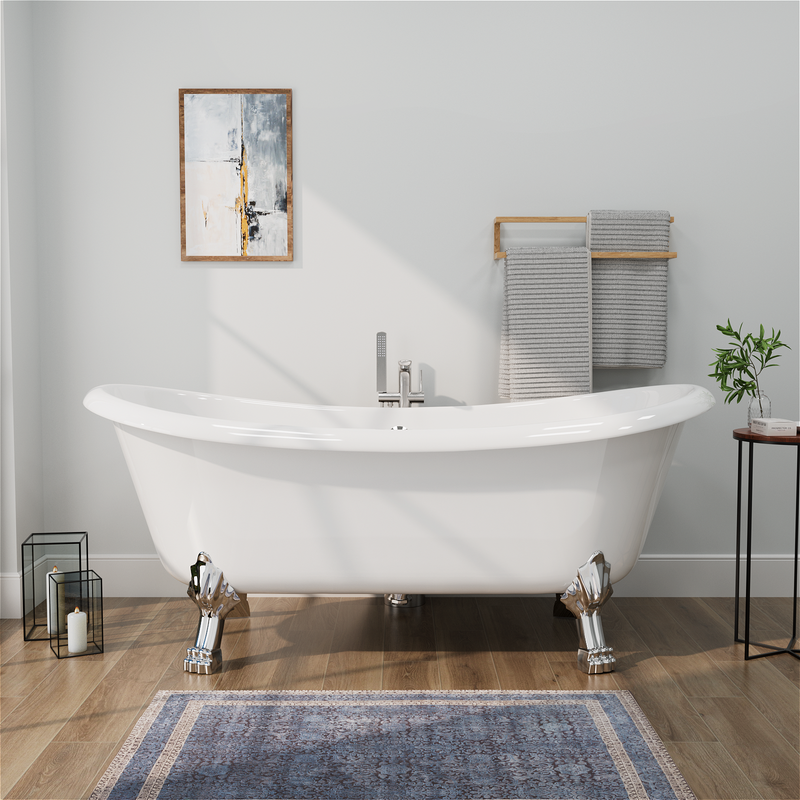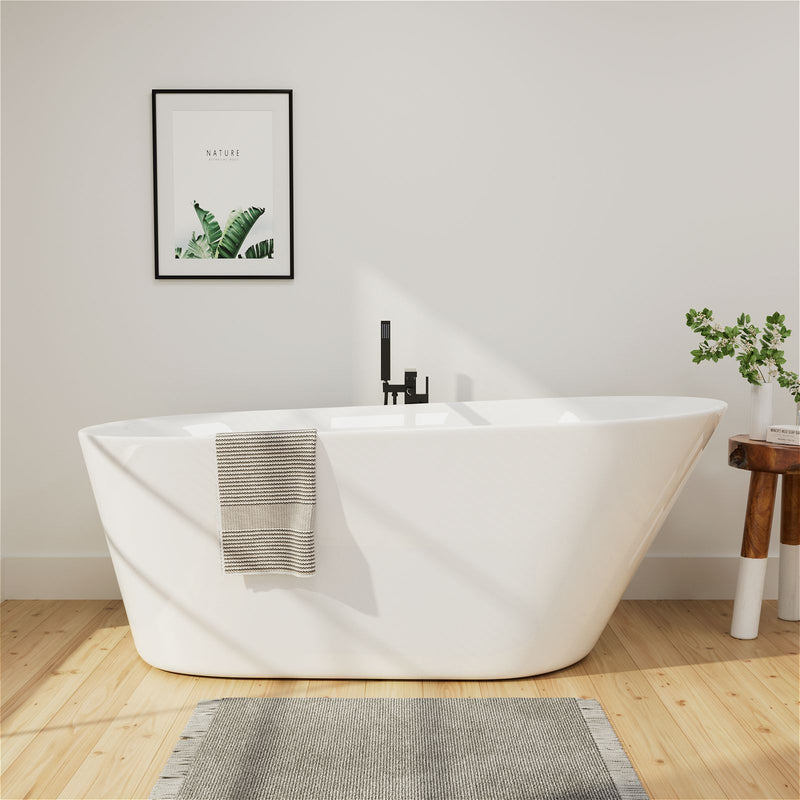The shower base is a core component of a dry/wet separated bathroom. The quality of its installation directly impacts drainage, waterproofing, and longevity. Proper installation not only prevents leaks and water accumulation but also enhances the shower experience. However, many encounter various difficulties during installation, such as poor drainage, an uneven base, and poor sealing. These issues often stem from insufficient preparation or neglected construction details.
This article details the shower base installation process, covering key steps such as floor preparation, drainage system adjustment, waterproofing, base fixing, and sealing. Whether you're a DIY enthusiast or a novice decorator, this guide will help you master the correct installation method to ensure a stable, durable shower base with smooth drainage.

Pre-Installation Preparation
Measuring and Selection
Before purchasing a shower base, it's important to accurately measure the dimensions of the installation location. Common shower base shapes include square, rectangular, round, and fan-shaped, each requiring different space requirements. For example, a fan-shaped base is suitable for corner installation, while a rectangular base requires more space.
In addition to size, the location of the drain outlet must also be considered. Most shower bases have drains located in the center or on one side. If this doesn't align with the existing drain line, plumbing adjustments may be necessary. Additionally, the base's load-bearing capacity and material (such as acrylic, ceramic, or composite) will impact installation.
Check the floor levelness
The shower base must be installed on a completely level surface; otherwise, water accumulation and structural cracking may occur. Use a level to check the floor. If any unevenness is noticeable, use self-leveling cement or thin-set mortar to level it.
If installing on a wooden floor, it's recommended to first install a waterproof underlayment and reinforce the supporting structure to prevent the base from sinking after extended use.
Gathering Tools and Materials
Installing a shower base requires the following basic tools:
- Level (to ensure the base is installed flat)
- Electric drill (to secure the base and waterproofing layer)
- Silicone gun (to seal the edges)
- Waterproofing paint (to prevent water seepage)
- Drain pipe assembly (to fit the base drain opening)
Drain System Installation and Adjustment
Determining the Drainage Method
Shower base drains are mainly categorized as either inline or side-drain:
- Inline: The drain opening is located directly below the base, suitable for most standard installations.
- Side-drain: The drain pipe exits from the side, suitable for situations where the drain pipe cannot be run vertically downward.
Before installation, confirm that the drain pipe fits the base. Adjust it using an expansion joint or adapter if necessary.

Installing the Drain Pipe
- Align the drain pipe with the base drain opening and ensure a tight connection.
- Secure the joint with PVC glue to prevent leaks.
- Test for smooth drainage by pouring a small amount of water into the drain pipe to observe the flow rate. If the drain pipe is too long or has too many bends, it may cause slow drainage. In this case, adjust the pipe's route or increase the slope (a 1%-2% inclination is recommended).
Waterproofing
Applying a Waterproof Layer
Even if the shower base itself is waterproof, the edges where it meets the wall still require additional waterproofing:
- Apply an elastic waterproofing coating to the base installation area, covering the floor and extending upwards at least 30 cm.
- Focus on areas prone to water seepage, such as corners and around pipes.
- Allow the first coat to dry (usually 24 hours) before applying a second coat to enhance the waterproofing effect.
Installing a Waterproof Threshold
Install a waterproof threshold (water barrier) at the entrance of the shower area to prevent water from overflowing. The threshold can be made of marble, PVC, or metal and secured with waterproof adhesive.
Securing the Shower Base
Positioning the Base
- Place the base in the desired location, ensuring it is flush against the wall.
- Use a level to check for levelness and adjust with plastic shims if necessary.
Securing Methods
- Gluing: Suitable for lightweight bases, secure with waterproof structural adhesive.
- Screw Fixing: Heavy bases (such as stone) require reinforcement with expansion screws.

After securing, recheck for smooth drainage and ensure the base is free of movement.
Sealing and Finishing
Silicone Sealing
Apply mildew-resistant silicone to the joints between the base and the wall and smooth them with your fingers or a scraper to ensure there are no bubbles.
Installing a Shower Screen or Curtain
Depending on the design, you can choose to secure a glass screen or shower curtain rod to prevent water from splashing out of the shower area.
Inspection and Maintenance
Drainage and Waterproofing Testing
After installation, perform a water-tightness test:
- Block the drain outlet, fill with water to a depth of 5 cm, and let it sit for 1 hour.
- Check the downstairs ceiling or adjacent wall for water seepage.
Daily Maintenance
- Clean the drain outlet regularly to prevent hair from clogging it.
- Check for deterioration in the silicone and reseal if necessary.
Conclusion
Shower base installation may seem simple, but every detail can impact the final result. Proper installation not only prolongs the lifespan but also avoids subsequent repairs. By following the steps in this guide, even a novice can complete a professional-level installation. If you are unsure about any steps, it is recommended to consult a professional plumber to ensure that everything goes smoothly.

